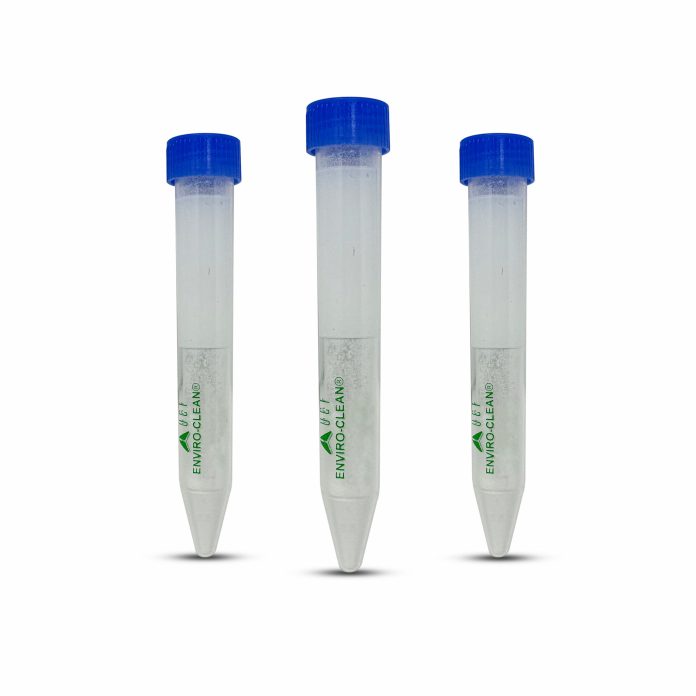In the complex world of analytical chemistry, the accuracy of results depends heavily on the quality of sample preparation. Among the many techniques developed over the years, one stands out for its simplicity, efficiency, and adaptability: QuEChERS.
Short for Quick, Easy, Cheap, Effective, Rugged, and Safe, QuEChERS was first introduced in 2003 as a novel method for preparing food samples for pesticide residue analysis. Since then, it has grown beyond its original scope and become a trusted method in laboratories across diverse industries.
What Makes QuEChERS So Effective?
At its core, the QuEChERS method is about streamlining what used to be a complex and time-consuming process. Traditional sample preparation often required multiple steps, labor-intensive procedures, and expensive equipment. QuEChERS changed that by offering:
- Simplicity: It uses straightforward steps like shaking, vortexing, and centrifugation.
- Versatility: Originally designed for fruits and vegetables, it’s now used in testing grains, meats, dairy products, and even environmental samples.
- Efficiency: With fewer steps and less solvent usage, the method drastically reduces both labor and material costs.
How It Works
The basic QuEChERS workflow involves:
- Extraction: Samples are homogenized and mixed with acetonitrile.
- Partitioning: A salt mixture (usually MgSO₄ and NaCl) is added to separate the aqueous and organic layers.
- Clean-up: The extract is subjected to dispersive solid-phase extraction (dSPE) to remove impurities like lipids, sugars, and organic acids.
The entire process is designed to be completed in under 30 minutes, which is a significant advantage in high-throughput laboratories.
Innovations in QuEChERS Format
What started with basic salt packets and centrifuge tubes has now evolved. Labs can choose from various QuEChERS formats depending on their specific needs, such as:
- 15 mL or 50 mL centrifuge tubes with tailored sorbent blends
- Cartridges for larger volume filtration
- ChloroFiltr®-enhanced formats for chlorophyll-rich samples
- Push-thru cartridges for automation-friendly workflows
This flexibility makes it easier for labs to adapt QuEChERS methods across a range of matrices and regulatory standards.
Applications Across Industries
Though QuEChERS began in the realm of food safety, its applications now span:
- Pharmaceuticals: Detecting trace contaminants in raw materials
- Cannabis testing: Meeting stringent pesticide residue regulations
- Environmental science: Analyzing pollutants in soil and water
- Forensics: Processing biological samples for toxicological studies
Each application benefits from the method’s ability to isolate analytes cleanly and efficiently, even in complex matrices.
Challenges and Considerations
Despite its strengths, QuEChERS isn’t a one-size-fits-all solution. Analysts must carefully select sorbents to avoid losing target analytes or retaining matrix interferences. The choice of salts, pH adjustments, and tube size can also significantly impact recovery rates.
This is why ongoing method development and validation remain crucial when implementing QuEChERS in new testing scenarios.
Conclusion
QuEChERS represents more than a clever acronym—it’s a paradigm shift in how laboratories approach sample preparation. By minimizing effort while maximizing reliability, it has empowered analysts across the globe to focus on results rather than routine.
For those interested in exploring the full range of available formats and their use cases, a comprehensive selection of QuEChERS products can offer a starting point for tailoring solutions to your specific analytical needs.









